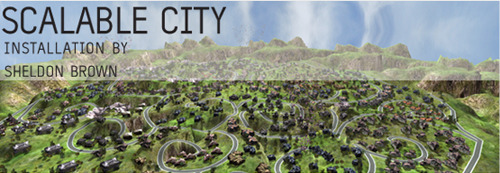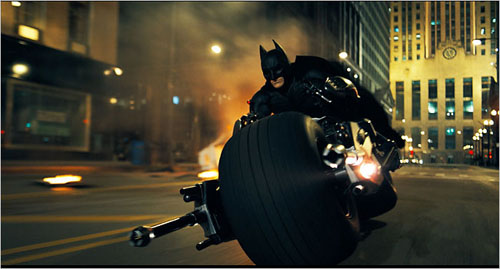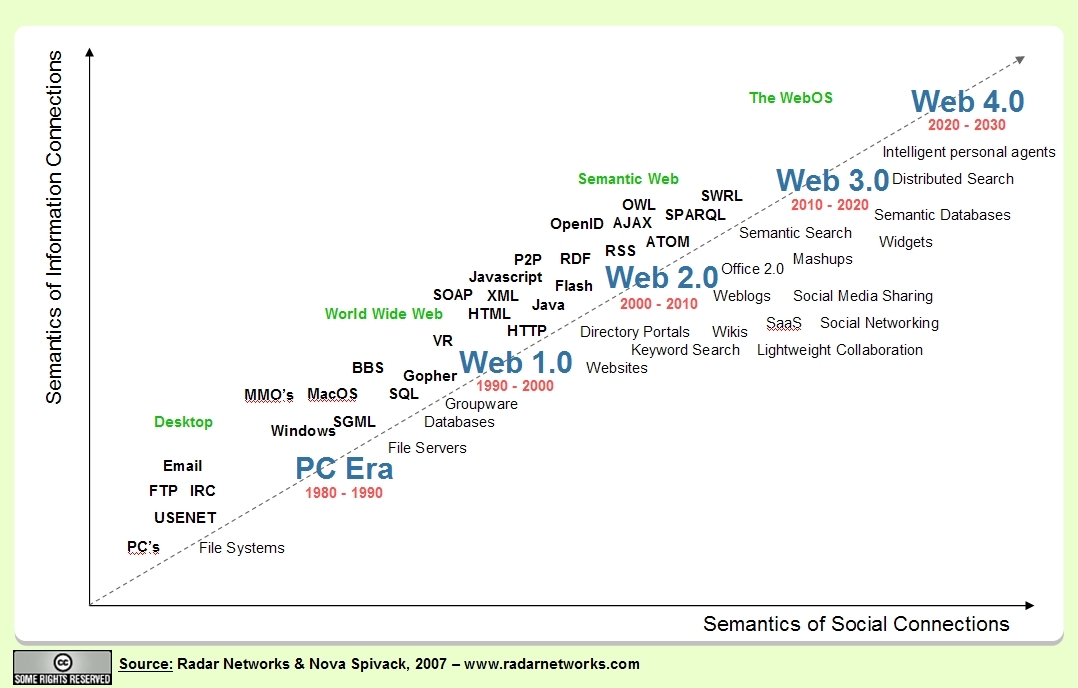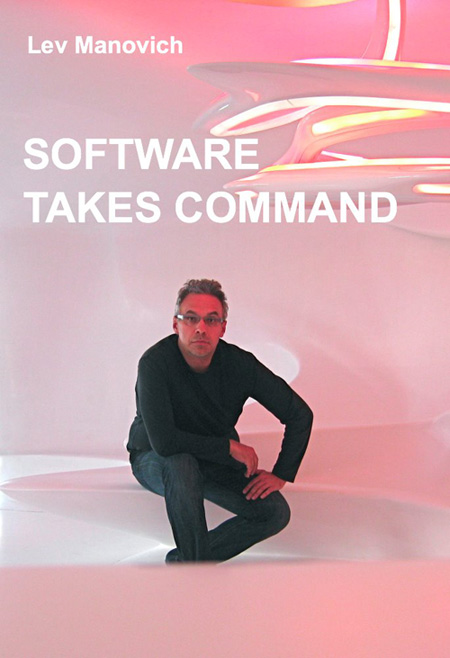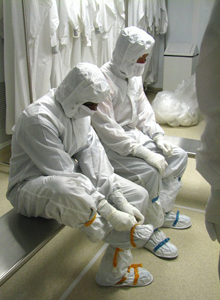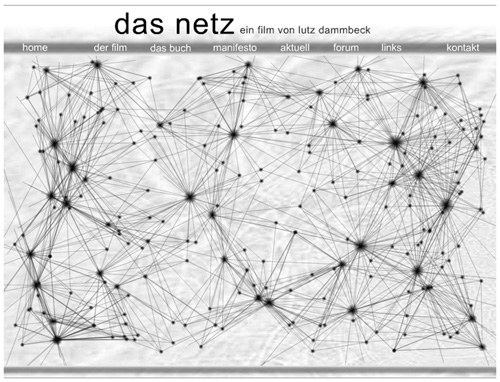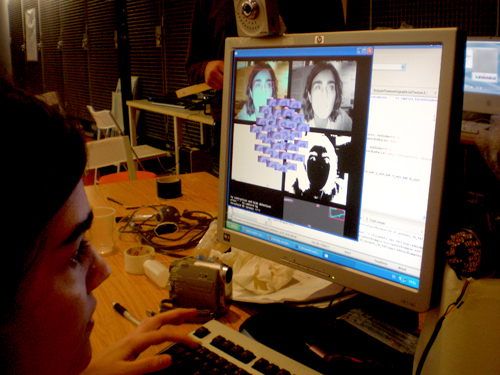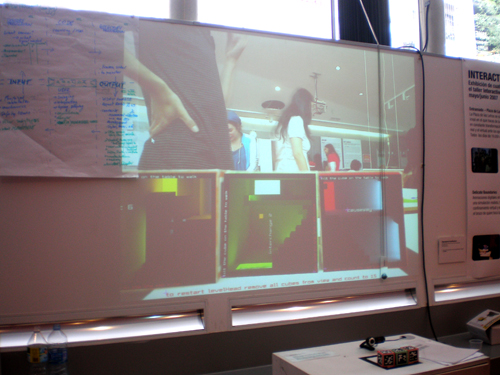Mashups: The Next Major New Software Development Model? by Dion Hinchcliffe
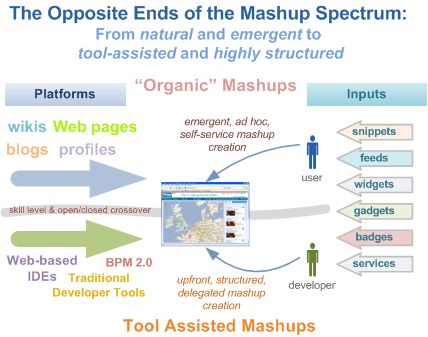
Image and text source: ZDnet
Originally posted on May 14, 2007
Note: When looking for some information on software mashups, I discovered this article from 2007. Even though it has been two years since its publication, it’s worth reading and evaluating because much of what is discuss is still relevant today. Other texts recommended at the end of the article are also quite good. They are: Enterprise Mashup Summit, Thoughts on Open Sources, Databases and Information, JackBe and the IBM Mashup Ecosystem
———-
At last week’s Mashup Ecosystem Summit held in San Francisco and sponsored by IBM with an invited assemblage of leading players in this space, I gave an opening talk about the current challenges and opportunities of mashups. And there I posed the title of this post as a statement instead of a question. The reason that it’s a question here is entirely driven by the context of who is currently creating the majority of mashups these days. Because even a cursory examination of what people are doing every day on the Web right now tells us that mashups — also known as ad hoc Web sites created on the fly out of other Web sites — are indeed happening in a large way, albeit in simple forms, by the tens of thousands online every day.
Read the entire article at ZDnet


